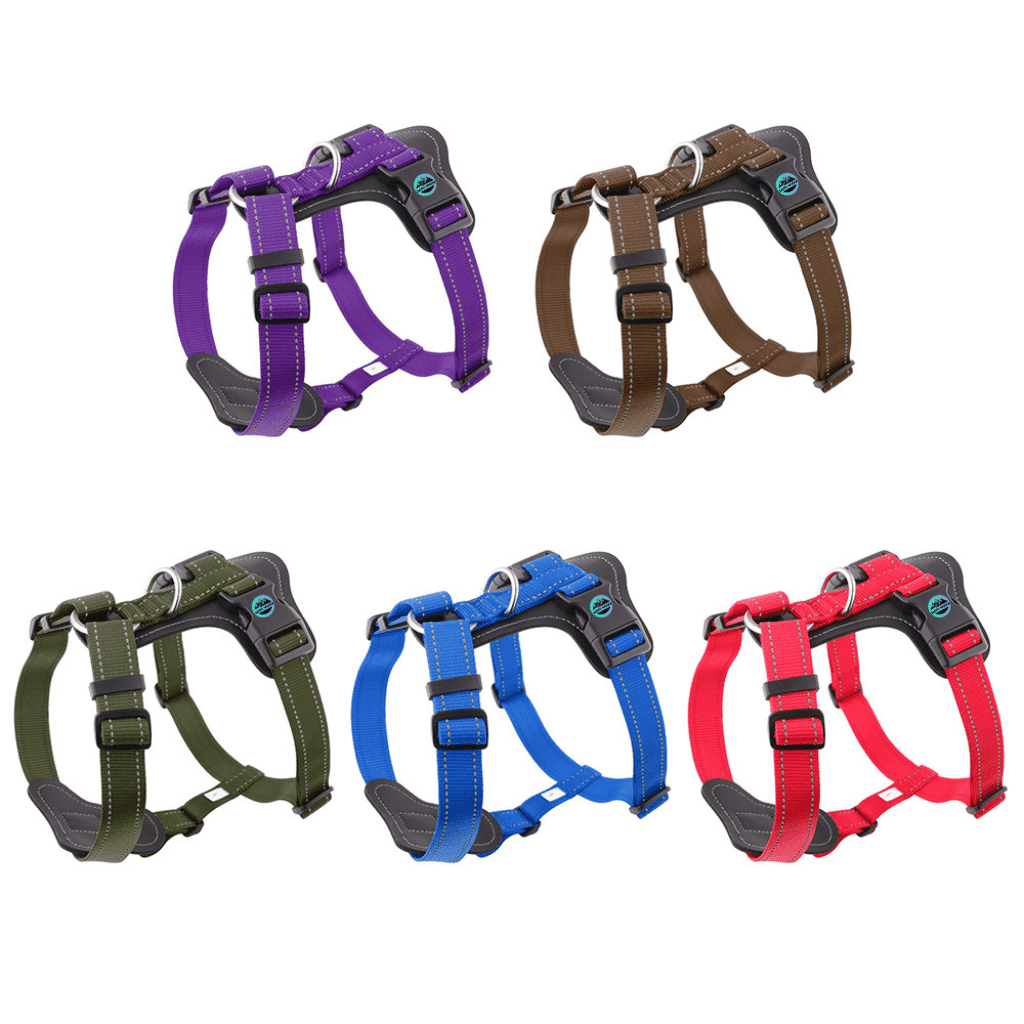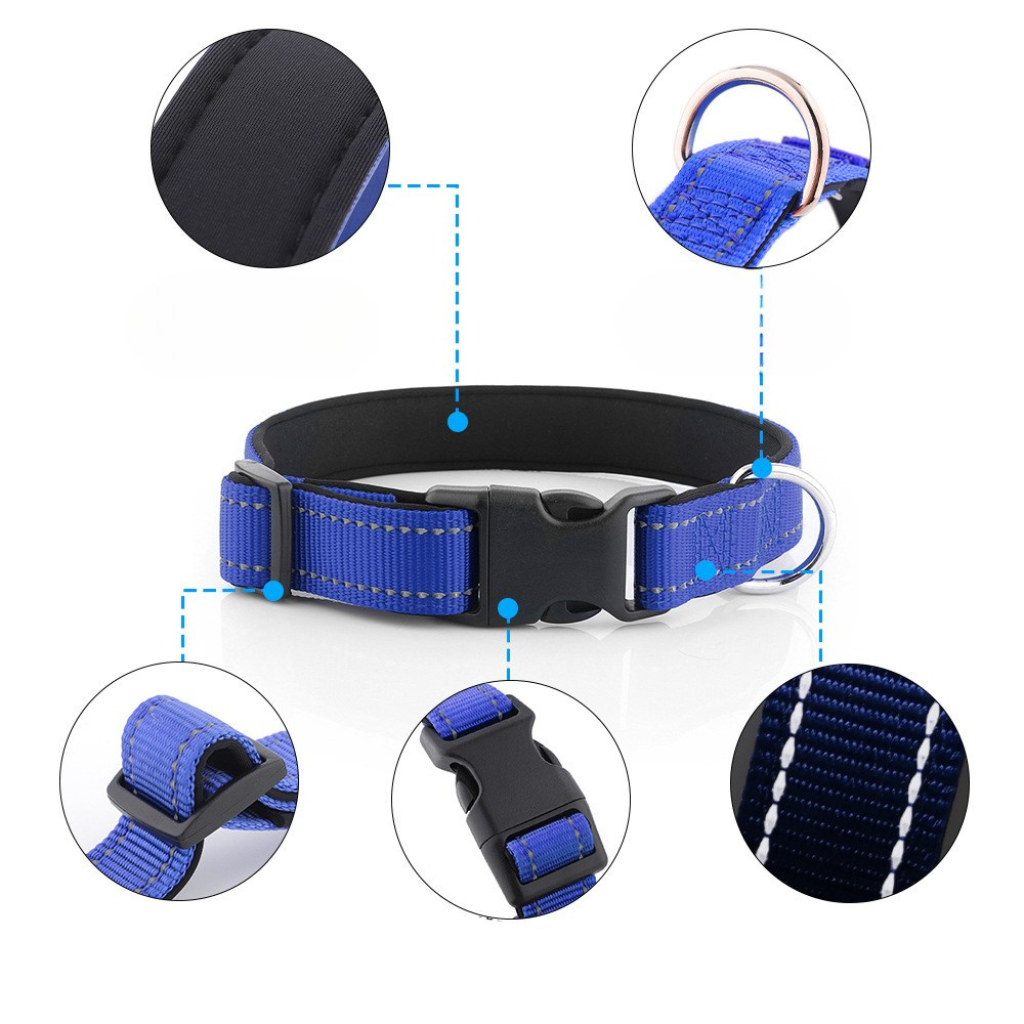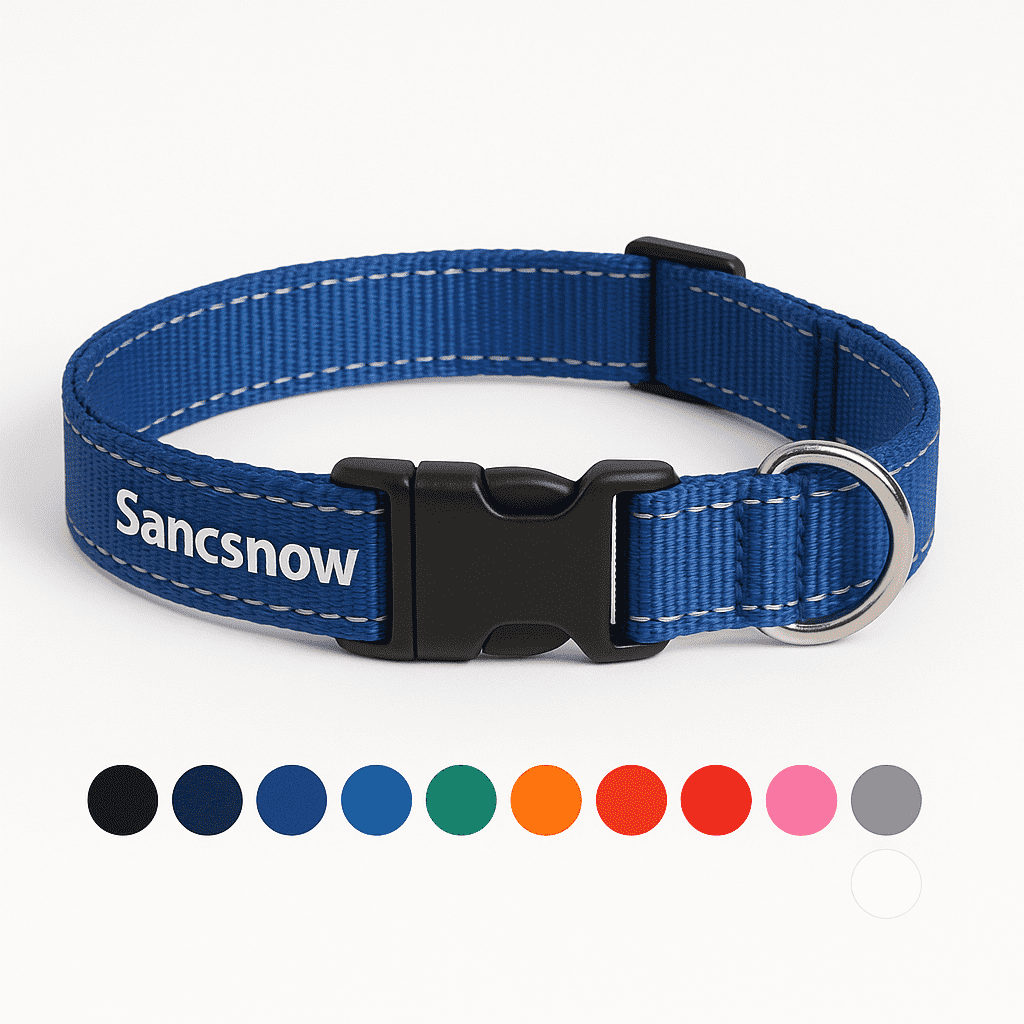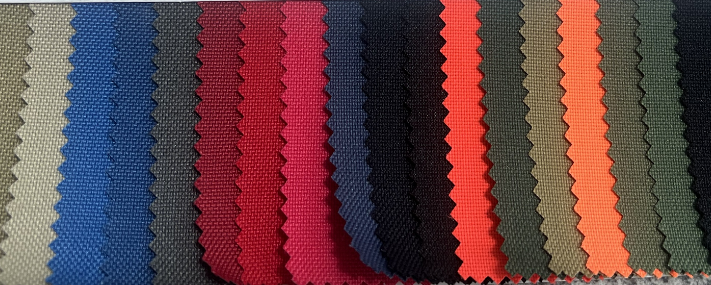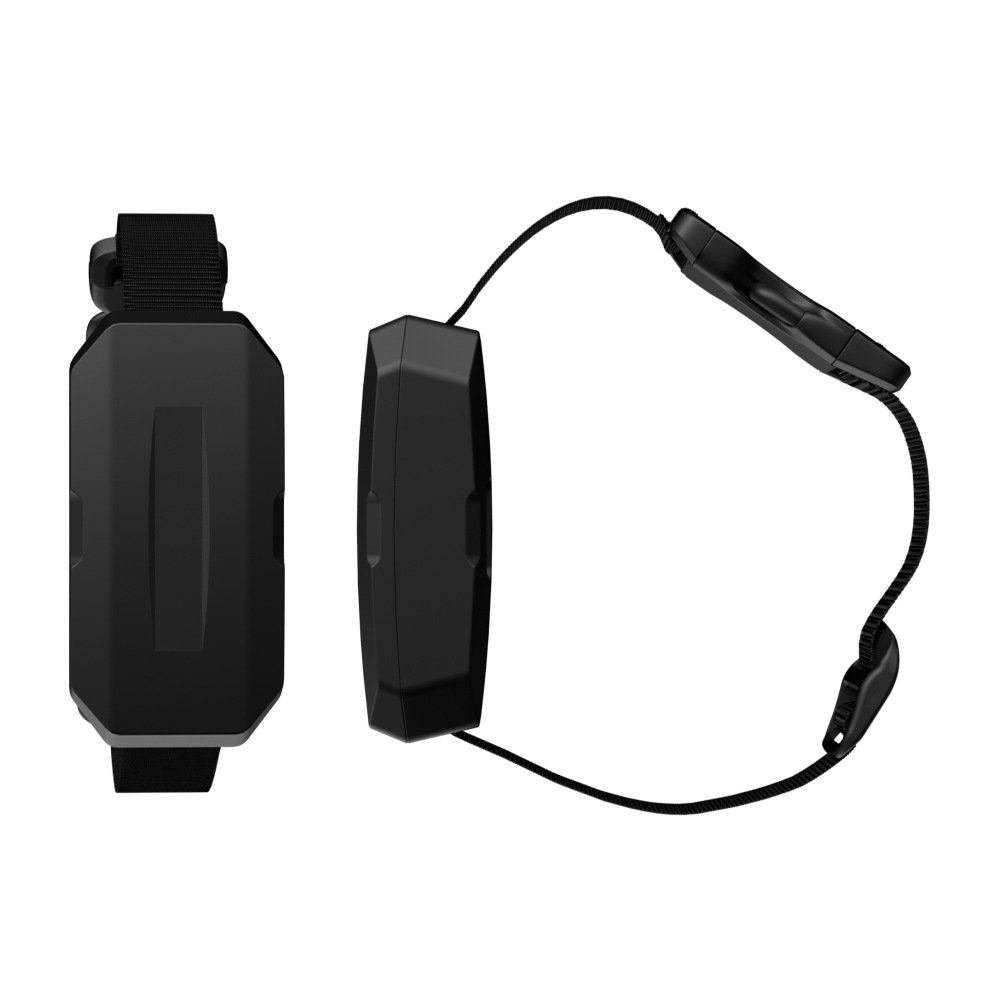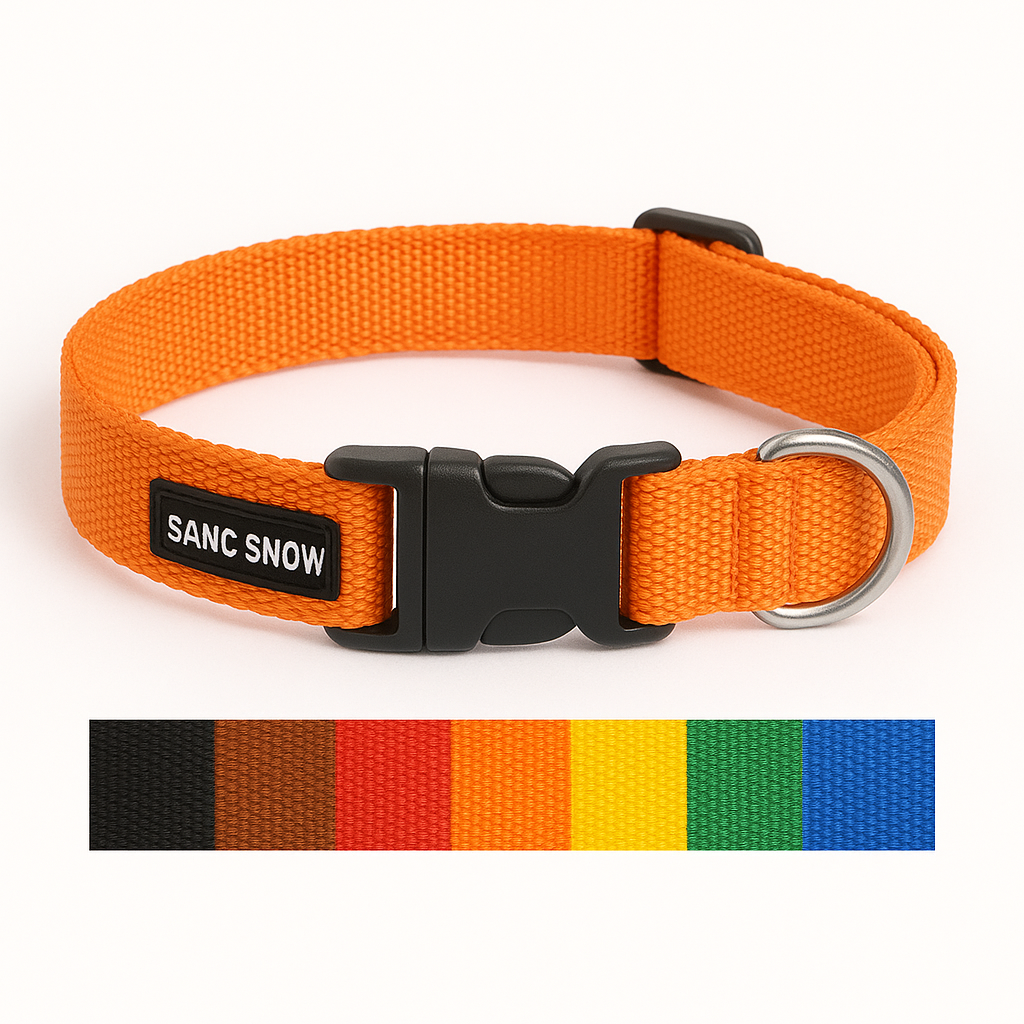If you’re planning to launch a pet product line, create promotional items, or wholesale custom dog collars, one of the most important decisions you’ll face is selecting the right material. Each material offers its own advantages in terms of cost, durability, look, feel, and customizability. Below, we break down the 10 most popular dog collar materials used by global pet brands and wholesalers—helping you choose what fits your needs best.
1. Nylon
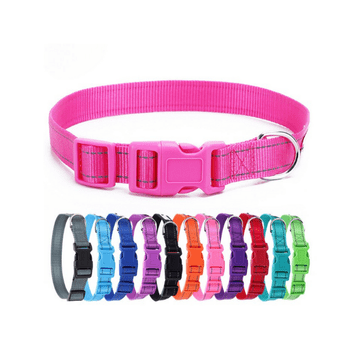
Nylon is one of the most versatile materials used in dog collars. It’s strong, lightweight, and comes in a huge range of colors. This material is especially popular for brands that want to combine durability with custom design flexibility.
Pros and Cons of Nylon
| Pros | Cons |
|---|---|
| Strong and lightweight | Can absorb water |
| Wide color and style options | Can fray with heavy use |
| Low cost and easy to source | Less premium look than leather |
| Great for printing and woven labels |
2. Leather
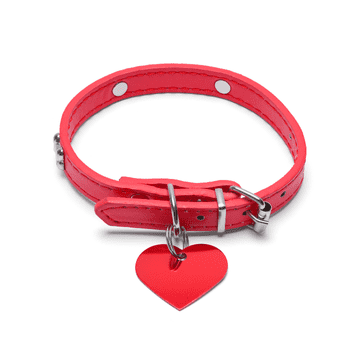
If you’re building a premium pet brand, leather adds a high-end look and feel. It ages well, is highly durable, and can be customized with embossed or stamped logos.
Pros and Cons of Leather
| Pros | Cons |
|---|---|
| Elegant and premium appearance | More expensive than other materials |
| Long-lasting and wear-resistant | Limited color options |
| Supports embossing and stamping | Requires care to maintain |
3. PVC (Coated Webbing)
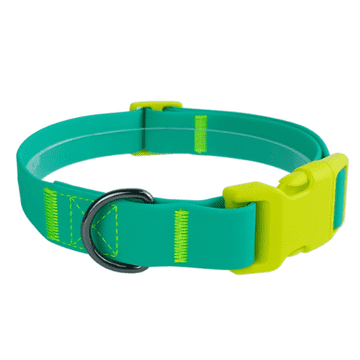
PVC is an excellent option for outdoor or waterproof dog collars. It has a clean, modern look and is easy to wipe clean—great for muddy environments.
Pros and Cons of PVC
| Pros | Cons |
|---|---|
| Waterproof and easy to clean | Less breathable |
| Ideal for sporty or outdoor products | Can feel stiff |
| Suitable for printed or laser logos | Not biodegradable |
4. Biothane
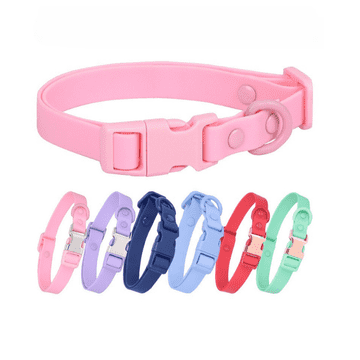
Biothane offers a synthetic alternative to leather with similar strength and appearance. It’s especially popular for rugged-use dog gear.
Pros and Cons of Biothane
| Pros | Cons |
|---|---|
| Waterproof and odor-resistant | Higher price than nylon |
| Looks like leather | Fewer surface texture options |
| Custom logos can be printed |
5. Polyester
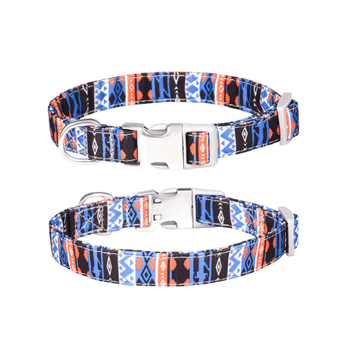
Polyester is ideal for sublimation printing, making it a favorite for brands focused on vibrant design, seasonal styles, or fashionable collections.
Pros and Cons of Polyester
| Pros | Cons |
|---|---|
| Soft and smooth texture | Less durable than nylon |
| Excellent for vivid printing | Not ideal for heavy-duty pullers |
| Affordable and flexible for small batches |
6. Cotton
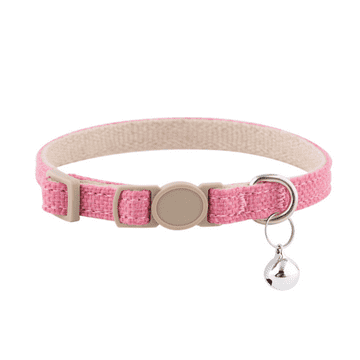
Cotton is a natural, breathable material often chosen for minimalist or eco-conscious brands. It’s also gentle on dogs with sensitive skin.
Pros and Cons of Cotton
| Pros | Cons |
|---|---|
| Natural and eco-friendly | Less durable in rough environments |
| Soft and comfortable | Can shrink or fade over time |
| Good for sensitive skin | Limited water resistance |
7. Reflective Material
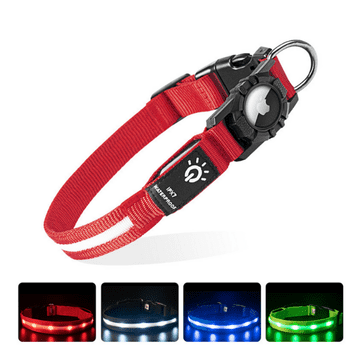
Reflective elements are not standalone materials but are often added to collars made from nylon or polyester to enhance nighttime visibility.
Pros and Cons of Reflective Material
| Pros | Cons |
|---|---|
| Great for safety and night walking | Not a main material; used as an add-on |
| Enhances product appeal | May wear off after extended use |
8. Hemp
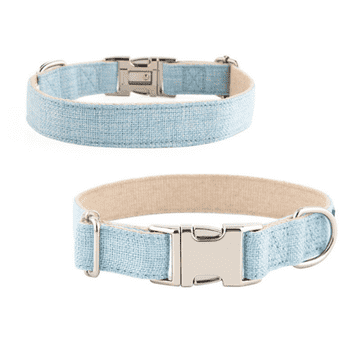
Hemp is a sustainable and biodegradable option that suits brands with eco-friendly values. It also offers natural antibacterial properties.
Pros and Cons of Hemp
| Pros | Cons |
|---|---|
| Sustainable and biodegradable | Rougher feel compared to nylon or cotton |
| Natural and anti-bacterial | Less design flexibility |
| Ideal for eco-conscious positioning |
9. Neoprene Padding (used with Nylon)

Neoprene is not typically used alone but as a lining for enhanced comfort. It’s often added to collars for large or active dogs to reduce pressure.
Pros and Cons of Neoprene Padding
| Pros | Cons |
|---|---|
| Shock-absorbing and soft | Adds bulk to the collar |
| Dries quickly after washing | Requires outer layer like nylon or PVC |
| Increases comfort for active dogs | Not used alone |
10. Faux Leather (PU)
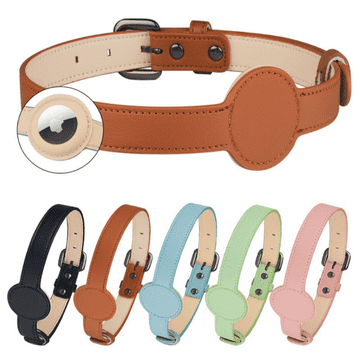
Faux leather offers a leather-like appearance at a lower cost. It’s suitable for promotional orders or customers who want a stylish but budget-friendly solution.
Pros and Cons of Faux Leather (PU)
| Pros | Cons |
|---|---|
| Affordable leather alternative | Cracks more easily than real leather |
| Easy to print or emboss | Shorter lifespan |
| Looks premium at lower cost | Less durable under stress |
Not Sure Which Material Is Right for You?
Choosing the right material depends on your brand positioning, budget, usage scenario, and customization needs. From rugged PVC for active dogs to luxury leather for boutique shops, we offer flexible MOQ, full customization support, and free sample consulting.
Contact us now to receive a free catalog and discuss your project with a product expert.

